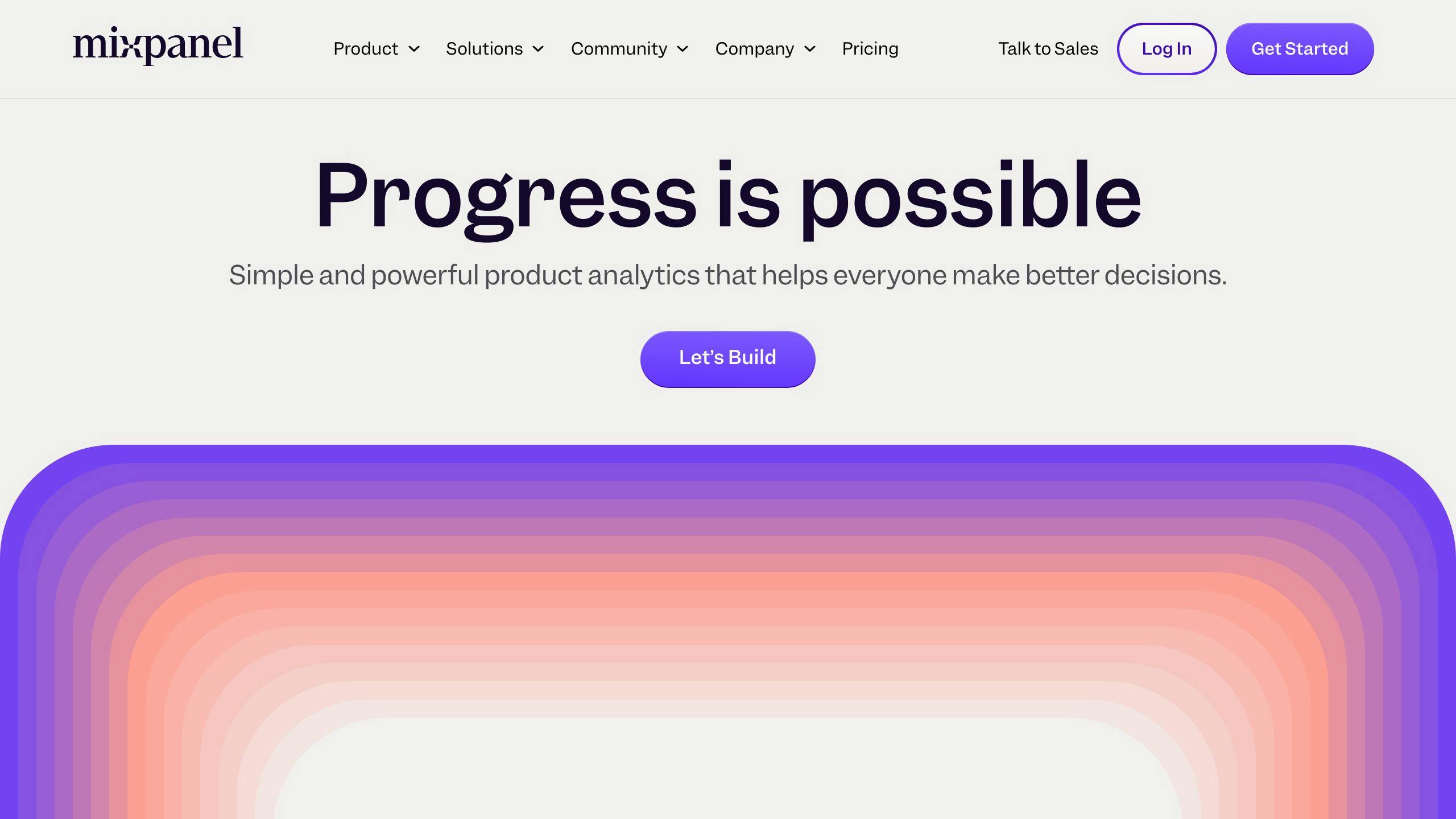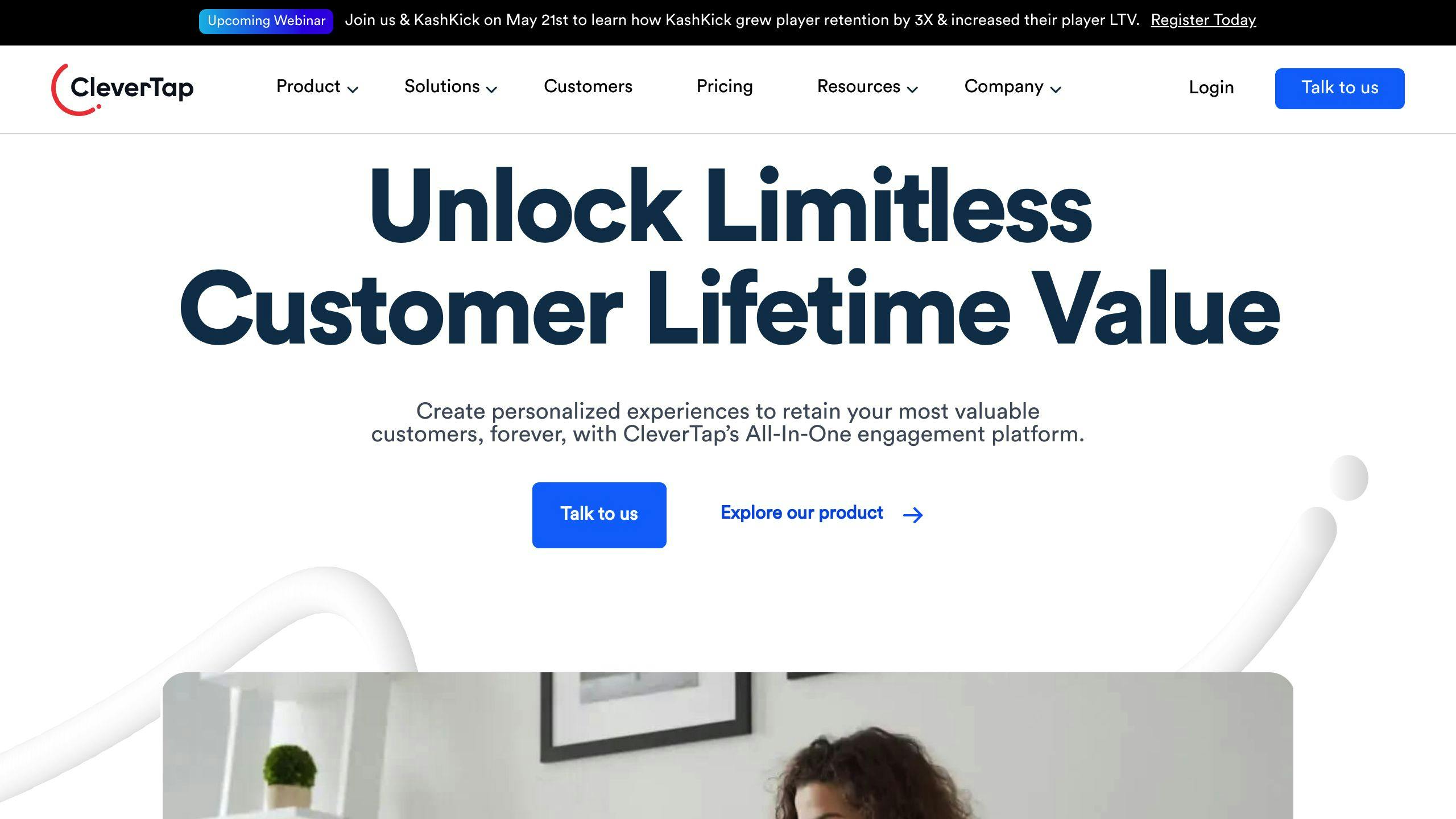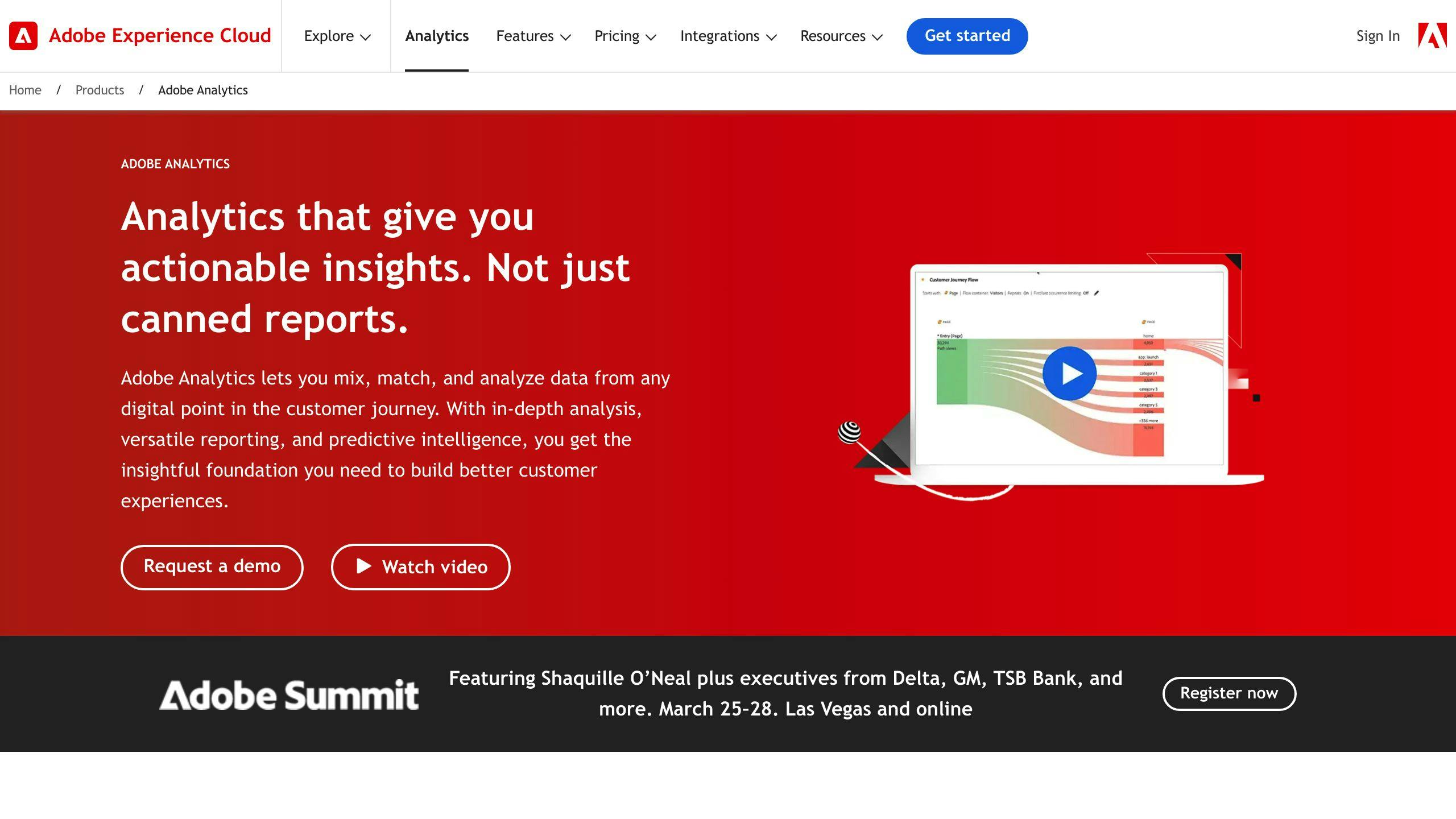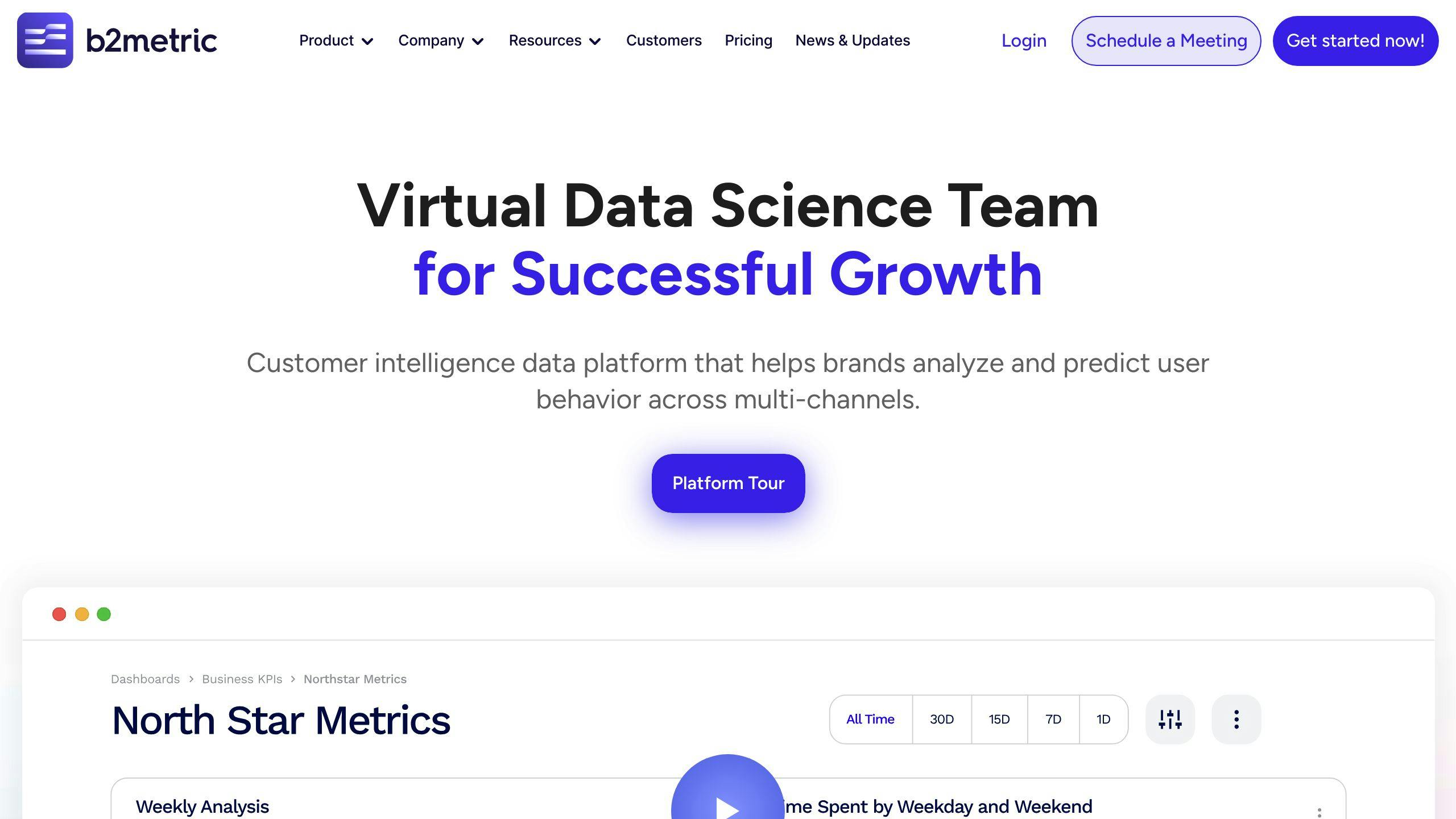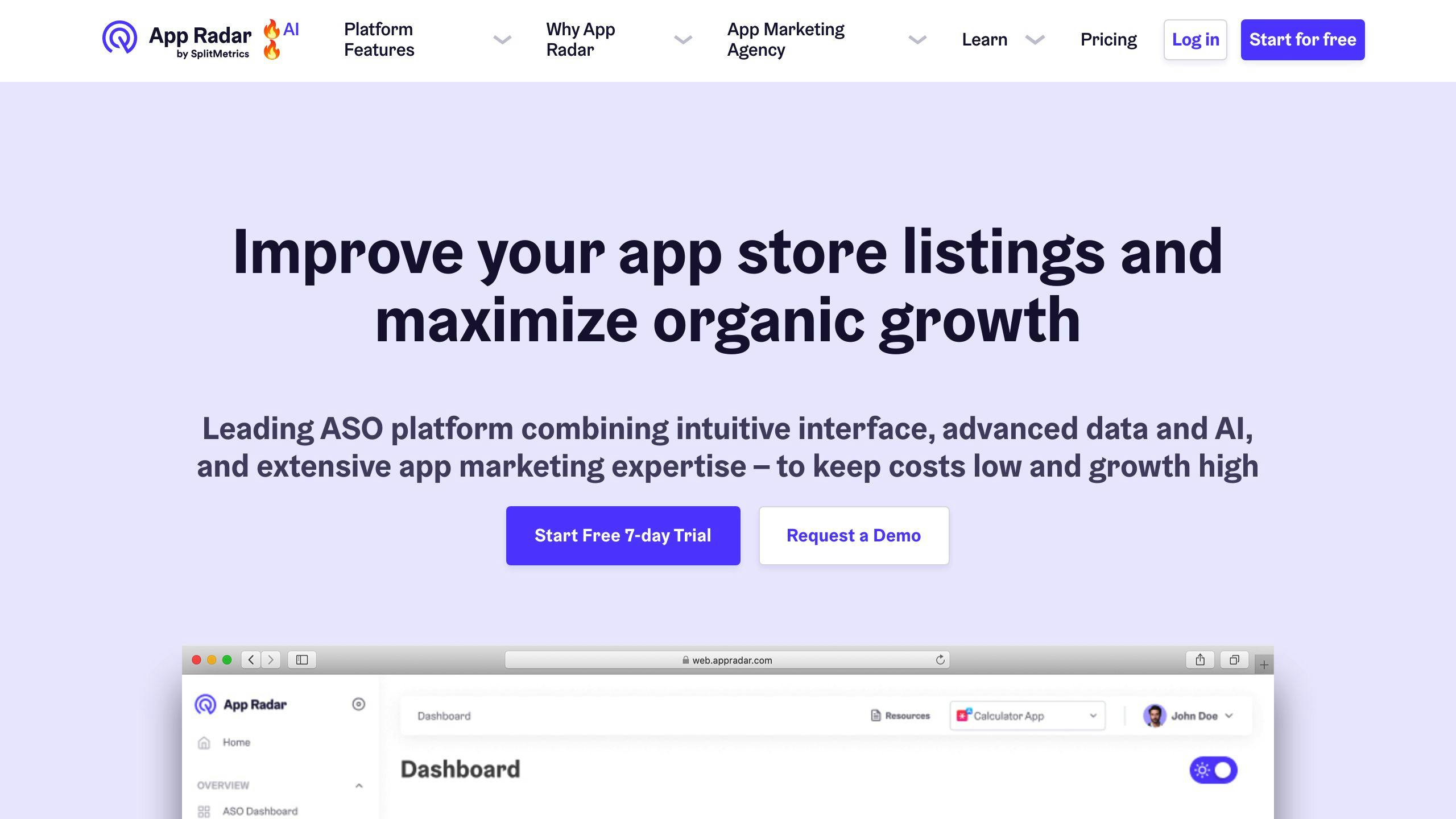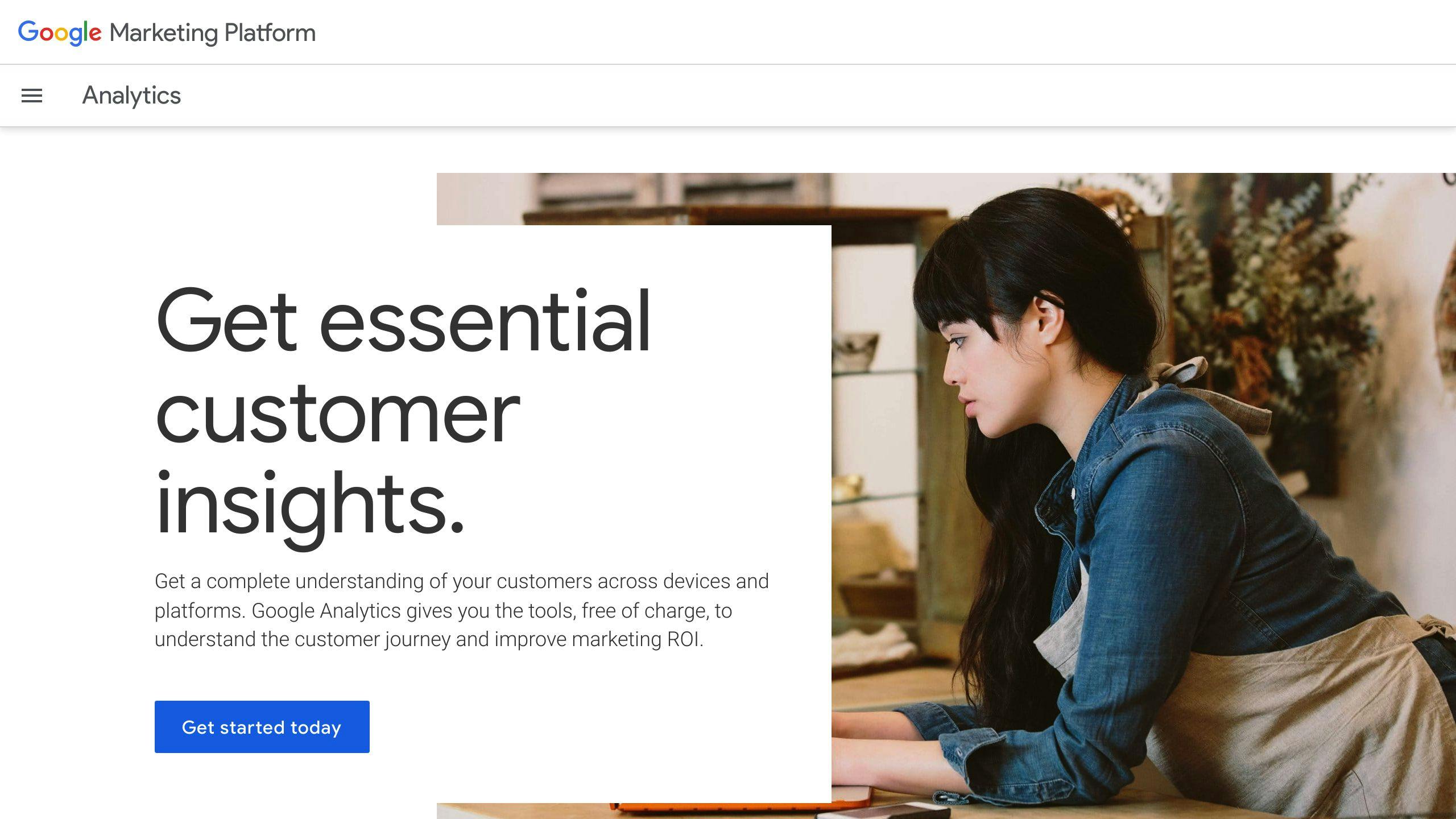Integrating Swift app development services into your business can significantly enhance your mobile app offerings, making them faster, more reliable, and easier to maintain. Swift, Apple's powerful programming language, is designed for creating feature-rich applications for iOS, macOS, watchOS, and tvOS. Here's a quick rundown of why Swift is a smart choice for your business:
- Faster Apps: Swift's performance is superior to Objective-C, leading to quicker, more responsive apps.
- More Reliable: Enhanced error handling and type safety reduce the likelihood of crashes.
- Easier Maintenance: Cleaner code and easier updates keep your apps fresh and functional.
- Scalability: Swift apps can easily grow with your business needs, handling more users and data smoothly.
- Access to Latest Features: Swift updates allow you to incorporate the newest iOS features and technologies into your apps.
By embracing Swift for your app development, you position your business at the forefront of innovation, ready to deliver top-notch mobile experiences to your users.
Understanding Swift Development
Swift is a programming language that Apple created. It's used to make apps for iPhones, iPads, Mac computers, Apple Watches, and Apple TVs. Swift is designed to be easy to read and write, making app development quicker and less prone to errors. This means you can create powerful apps for Apple devices more efficiently.
What is Swift?
Swift is a type of programming language that works well for creating apps on Apple's platforms, including iOS, macOS, watchOS, and tvOS. Here's a simple breakdown:
- General-purpose: Swift is versatile and can be used for many different kinds of projects.
- Multi-paradigm: It supports different ways of programming, giving developers the flexibility to solve problems in various ways.
- Compiled: Swift translates your code into a form that the device can run, making apps fast and responsive.
By using Swift, developers can build apps that are not just fast and reliable but also keep up with the latest technology trends. This can improve your business operations by boosting productivity and fostering innovation. Plus, integrating Swift into your product development process can help you stay ahead in the technology platform race. It's also a step towards embracing cloud services, data & analytics, and ensuring your apps meet compliance and shared services standards.
Evaluating Business Needs
Figuring out if Swift app development is right for your business means looking at what you already do and seeing where you could do better. This bit will guide you through checking how well your business can grow and change by possibly adding Swift to your toolkit.
Scalability Assessment
When thinking about scalability, consider these points:
- How your current apps or systems might struggle if more people use them or if there's more data to handle
- If your business gets bigger, can your systems keep up?
- Where do your apps start to slow down when more people use them?
- Is it better to improve what you have or start fresh with Swift?
Questions to ask include:
- Can our systems handle a lot more users without trouble?
- At what point do our systems start to slow down?
- What are our plans for growth in the near future?
- Are our systems set up to make changes easily?
You'll want to figure out:
- How many more users you expect to support
- How much more data or requests your systems need to handle
- How much more storage or online space you'll need
Swift is great for apps that need to handle a lot of users or data because it's built to grow and change easily.
Flexibility Analysis
When looking at flexibility, think about:
- How easy it is to keep your apps up-to-date and add new things
- If your systems are set up in a way that makes it easy to make changes
- How hard it is to update your apps as your business needs change
- Can you easily connect with new tools, data sources, or services?
Questions to ask include:
- How quickly can we add new features our users want?
- Can we adapt our apps quickly if we need to?
- What new tools or services do we want to connect with?
You'll want to consider:
- How much time and effort it takes to add or change features
- Being able to quickly respond to new business needs
- Being able to use outside data and analytics more effectively
Swift makes it easier to update and improve your apps over time because it's designed to be flexible.
By looking at what you're already doing and where you want to go, you can see where using Swift might help your business grow and adapt more easily.
Setting Up Swift Development
Xcode
Xcode is the tool that Apple makes for people who want to create apps for iPhones and Macs. Think of it as a big toolbox that has everything you need to build an app from scratch. Here’s what Xcode does for you when you’re making a Swift app:
- It has a special design tool that lets you see what your app will look like as you build it.
- The editor helps you write code by suggesting completions and highlighting mistakes.
- You can test your app on a simulated iPhone or iPad without needing the actual device.
- There’s a tool to check if your app is running smoothly or if it’s too slow.
- It works with Git and GitHub, so you can keep track of changes to your code.
- Testing tools help you find problems before your users do.
- With just one click, you can send your app to TestFlight for others to try out.
Using Xcode means you can focus more on creating a great app because it handles a lot of the technical stuff for you.
Swift Package Manager
The Swift Package Manager is a way to handle extra bits of code your app needs, called dependencies, by packaging them up. It’s like getting ingredients ready for a recipe. Here’s what it does:
- You tell it what your app needs, and it figures out where to get these pieces from.
- It makes sure you’re using the right versions of these packages.
- It can grab these packages from the internet.
- Automatically takes care of building these packages with your app.
- Makes it easy to use the same code in different parts of your app or in other apps.
It’s a big help because it organizes and manages the code your app depends on, making things less complicated.
SwiftUI
SwiftUI is a way to design your app’s look with less code. It’s like telling the app what you want it to look like, and it does most of the work for you. Here’s why it’s handy:
- You write less code to create the user interface.
- It automatically works with Dark Mode.
- You can see changes to your design right away without having to run the app every time.
- Your app will look good on iPhones, iPads, and Macs without extra work.
- Changes you make show up instantly, so you can try out new ideas quickly.
Using SwiftUI means making your app look good is faster and easier, and it works well everywhere without extra effort.
Hiring Swift Developers
When you're looking to bring Swift developers onto your team, there are two main things to keep an eye on - what they know how to do and how well they work with others.
Core Competencies
Make sure the team knows their stuff when it comes to building apps for iPhones and Macs with Swift. This includes:
- Knowing how to design easy-to-use and attractive interfaces
- Being really good at using Swift and its tools like UIKit and SwiftUI
- Making sure the app can do things like take pictures, find your location, and send notifications
- Handling app data, connecting to the internet, and storing information
- Understanding Apple's rules and how to make apps that fit them
- Fixing bugs, checking app speed, and sorting out crashes
- Getting the app onto TestFlight or the App Store and updating it later
Look at apps they've made before to see how complex and user-friendly they are. This helps you figure out if they're right for your project.
Communication & Collaboration
It's important they're good at talking and working together. This means using tools like Slack or video calls to stay in touch and:
- Making sure everyone agrees on what the app should do and how
- Showing designs early on and trying out ideas
- Keeping you updated on how things are going
- Writing down how things are supposed to work
- Using tools to keep track of the project
Being open and clear like this helps make sure the app turns out the way you want it to.
By finding a team that's both skilled and easy to work with, you can turn your ideas into a great app that fits your business needs.
Integrating with Project Management
Transitioning Workflows
When we start using Swift for app development, we need to mix it into how we already do things. Here's how to do that smoothly:
- Figure out who needs what - Look at how Swift apps will affect other parts of the business. This helps us get ready for how things will need to connect.
- Pick point people - Choose someone to keep an eye on the Swift app plans. Have team leaders manage who does what. Let analysts keep track of how things are going.
- Write down the steps - Make clear instructions for how to design, build, test, and launch Swift apps. Explain how everyone works together at each step. Share these instructions with everyone involved.
- Talk about the changes - Have a meeting to tell everyone about moving to Swift. Keep everyone updated and listen to their input. Good communication keeps everyone on the same page.
- Try, learn, repeat - Keep checking how things are going and ask for ways to do better. Be ready to change things to work better.
Adapting Roadmaps
To make sure our Swift app projects line up with what the business needs, we should:
- Decide what's most important - Figure out where Swift apps fit among all our projects. Move resources around to focus on the top priorities.
- Guess how long things will take - Work with the tech folks to get a good idea of how long it will take to get Swift apps ready.
- Set goals - Plan when we want to have the apps ready and when to update them. Add extra time just in case things don't go as planned.
- Plan for the old stuff - If we're replacing old systems, decide if the Swift apps will start before or after we stop using the old ones.
- Plan to make updates - Expect to release new versions after the first launch to fix any problems. Think about having a few updates before everything's just right.
Keeping an eye on our plans helps make sure our Swift apps do what we want them to.
sbb-itb-8abf120
Leveraging the Swift Ecosystem
Swift has a bunch of helpful tools and libraries that make building business apps faster and more powerful. Let's dive into how using these Swift features can speed up app development and make your apps do more.
Core Data
Core Data is a part of Swift that makes it easier to manage and save app data. It's really useful because it:
- Lets your app share data across different devices like iPhones and Macs
- Automatically keeps track of changes to your data, so you can undo mistakes
- Helps update your data smoothly when your app changes
- Makes it easy to get specific data with set rules
Core Data takes care of the tricky parts of handling data, so developers can spend more time making the app better.
Natural Language API
Swift also has tools for understanding and working with human language, such as NaturalLanguage. This includes:
- Changing spoken words into text
- Figuring out the main points or feelings in text
- Translating text from one language to another
- Breaking down text into smaller parts like words or sentences
Adding these language features can make apps that understand voice commands, analyze feelings in text, and support different languages.
Swift also offers other cool tools like SwiftUI for making the app's look with less code, Combine for managing data flow, RealityKit for creating augmented reality, and more. Using these Swift tools helps businesses create advanced, flexible apps that keep up with new technology.
Overcoming Key Challenges
When you're working on Swift apps, you might run into some tricky spots, especially when it comes to testing and fixing bugs. Luckily, Xcode, which is the main tool for making these apps, has some neat features to help out. There are also other tools like Appium and XCUITest that can give you a hand with testing.
App Testing and Debugging
Xcode helps you by:
- Letting you test your app on both simulators and real devices
- Allowing you to pause your code at certain points to see what's happening
- Helping you check how much memory your app is using and how fast it runs
This makes it easier to check if everything's working right and to find problems.
If you want to test your app in more ways, tools like Appium and XCUITest let you write tests that you can use again and again. Adding these tests to your app's development process means you can check for issues every time you make changes to your app.
Good things about Xcode testing:
- It's made to work well with Xcode
- It uses parts of the app that help people with disabilities, which is a plus
- You don't need to set up anything extra
Not-so-good things:
- It only works for Apple products
- You need to know how to use Swift
- Sometimes the tests don't work as expected
Comparison of Testing Frameworks
FrameworkProsConsXCUITest- Comes with Xcode- Works closely with Apple's stuff- Uses features that help people with disabilities- Only for iOS and macOS- You need to know Swift well- Tests can break easilyAppium- Works on different types of devices- You can use the same test code for different apps- Supports many programming languages- You have to set it up first- Might have problems with iOS tests- Takes time to learn
Using a tool like Appium along with Xcode can help you test your app in more ways, but it also means you'll have to deal with a bit more complexity. It's worth thinking about what your app needs.
Measuring Success
When you start using Swift for creating apps in your business, it's smart to keep an eye on certain things to see if it's really helping. This way, you can tell if it's making things better, showing the value of your investment, and finding areas to improve.
Productivity Metrics
- Time to complete tasks: Ask users how long it takes them to do their usual tasks with the new Swift apps. If they're getting things done faster, that's a good sign.
- Output per employee: Look at how much work each person is getting done, like how many problems they solve or how many products they help create, before and after Swift apps are used. More work done means the apps are helping.
- App usage rates: Keep track of how many people are using the Swift apps regularly, if they keep coming back, and which parts of the app they use the most. More use means the apps are useful.
- Error/defect reduction: Since Swift is good at avoiding mistakes in code, watch for fewer errors or crashes in your apps over time.
Business KPIs
- Customer acquisition cost: See if the cost to get new customers changes with Swift app development. Lower costs mean you're spending money more wisely.
- Sales cycle length: Check if having new app features and quick fixes helps you make sales faster.
- Feature release velocity: Keep an eye on how many new features you can add to your apps regularly. More features in less time mean you're able to innovate quicker.
- Revenue per employee: Find out how much money the company makes divided by the number of employees, and see if this number goes up over time. An increase means your team is doing more with what they have, thanks to Swift apps.
By watching these things closely, you can really understand how much Swift apps are helping your business and make a strong case for keeping them in your toolkit.
Conclusion
Adding Swift app development to your business can really help make things better, like making work faster, coming up with new ideas, and keeping up with changes in technology. But, you need to plan well and do things step by step to get all these benefits.
Here's what you should keep in mind when starting with Swift:
- First, look carefully at your current setup to see if it's ready for Swift. Think about how well it can handle more work or changes, how it will fit with other systems, and what needs to be updated.
- Make sure you have a good plan for managing the project and that everyone knows how to work together. Choose people to lead the project and write down all the steps so everyone's on the same page.
- Find developers who are really good at making apps with Swift. You want people who know how to make apps that are easy to use and do what your business needs.
- Use all the tools that come with Swift, like Xcode, to make app development quicker and to add cool features to your apps.
- Start testing your apps early to find any problems. Use tools like Xcode for checking your app and fixing bugs. This helps make sure your app works well before people start using it.
- Keep an eye on how things are going both before and after your Swift app is out. Look at how fast work gets done, how the app is helping your business, and if there are fewer mistakes. This helps you see how much Swift is improving things.
By carefully planning and taking things one step at a time, bringing Swift into your business can really help you keep up with technology changes. It's important to stay focused and keep improving as you go. The effort will pay off in making your business better prepared for the future.
FAQs
How much does it cost to make an app with Swift?
The price of making an app using Swift varies based on how complex the app is, what special features you want, and if you need unique designs. Swift helps in creating strong and flexible apps more quickly and for less money than some other options like Objective-C. It's a good idea to sit down with skilled Swift developers to plan a basic version of your app that fits your budget and business needs.
Can Swift work with other systems?
Absolutely, Swift is great at working together with existing data sources, APIs, libraries, and other platforms. Swift has special tools and ways to ensure it can connect smoothly with other systems. If you have a team experienced in Swift, they can use these tools to link your Swift apps with different parts of your business, like data storage or online services.






